It’s been a challenging year for Xbox. On the positive, we’ve seen some of the console’s best first-party games yet, with Indiana Jones and the Great Circle making a late-in-the-year dash for game of the year, and a return to form with Call of Duty: Black Ops 6, the jewel in Activision-Blizzard’s crown.
However, those highlights appear in a sea of painful industry news. There have been multiple rounds of layoffs, with thousands of Xbox staff losing their jobs, several studio closures, including the team behind one of the best first-party games of this generation, and price rises, too.
There have been costs to players, with new tiers and prices for Xbox Game Pass pushing up the cost of Microsoft’s subscription services. The move may respond to the cost of living crisis, but they also indicate that Game Pass, one of Microsoft’s biggest swings, is not a success.
So, to look ahead to Xbox’s 2025, we must also consider the past 12 months. The coming year will be make-or-break for Xbox.
Swings and misses
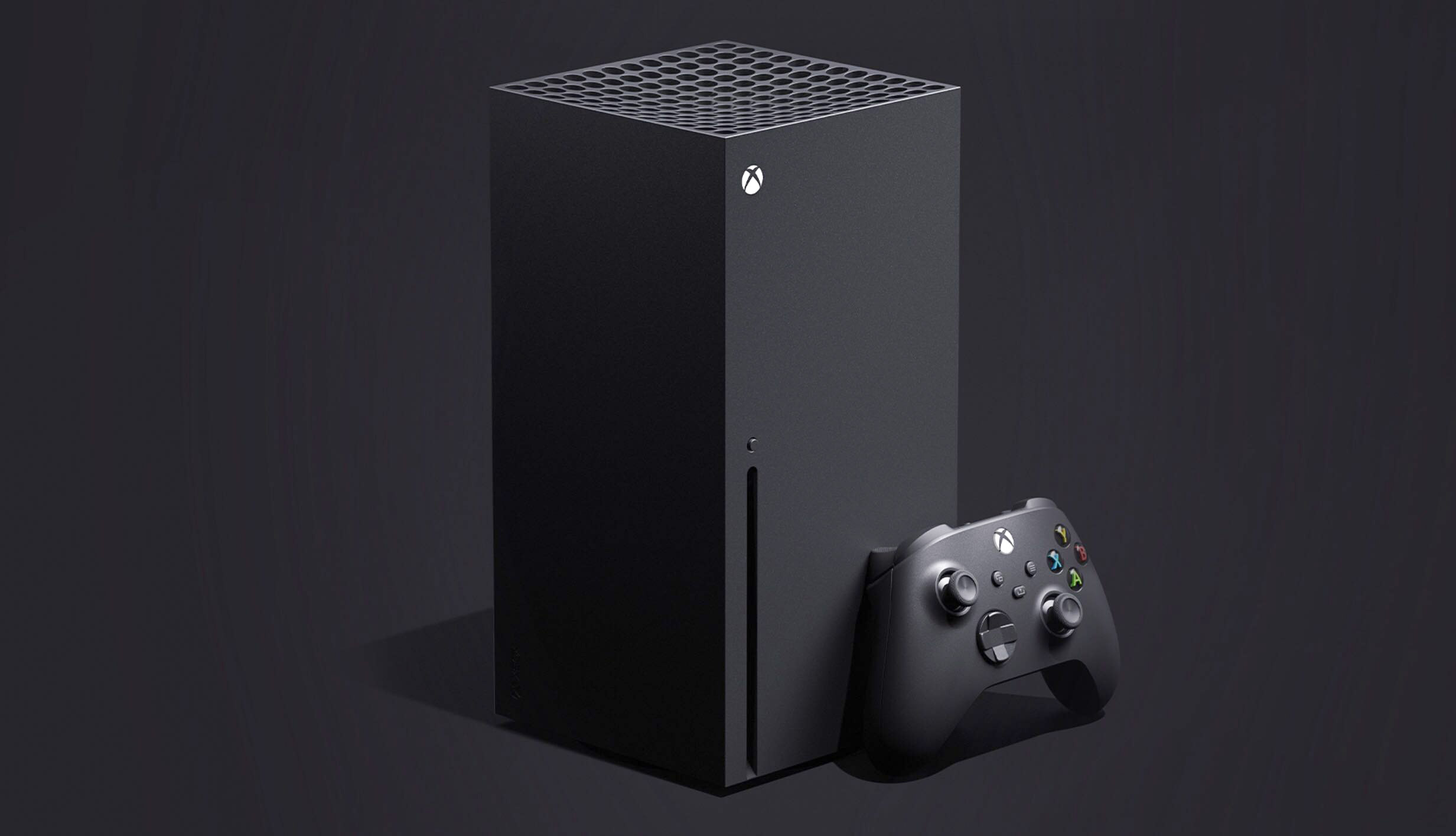
We’re into the fifth year of the Xbox Series X|S, and we can see now that many of Microsoft’s biggest swings have yet to pay off. After all its acquisitions, including the biggest buyout in gaming history, Xbox remains firmly in second place, behind PlayStation.
According to the latest financial reports, Xbox’s revenue is up significantly. However, that growth is almost entirely down to folding Activision-Blizzard’s earnings into Xbox’s numbers, not because Xbox’s games and hardware sold better. Console sales continue to decline – which isn’t unusual five years into a console cycle. PS5 sales are down, too, but Sony’s reporting larger growth from game and subscriber numbers.
Another big swing was Xbox Game Pass. While all the platform holders now offer a subscription service, Game Pass has been the most generous of them. Day-one releases for first-party titles significantly cut potential earnings, and licensing them from third-party’s was extremely costly.
We know from leaked court documents that Microsoft aims for 100 million Xbox Game Pass subscribers by 2030. By February this year, the company had only hit 34 million, gaining just 10 million members since 2022.
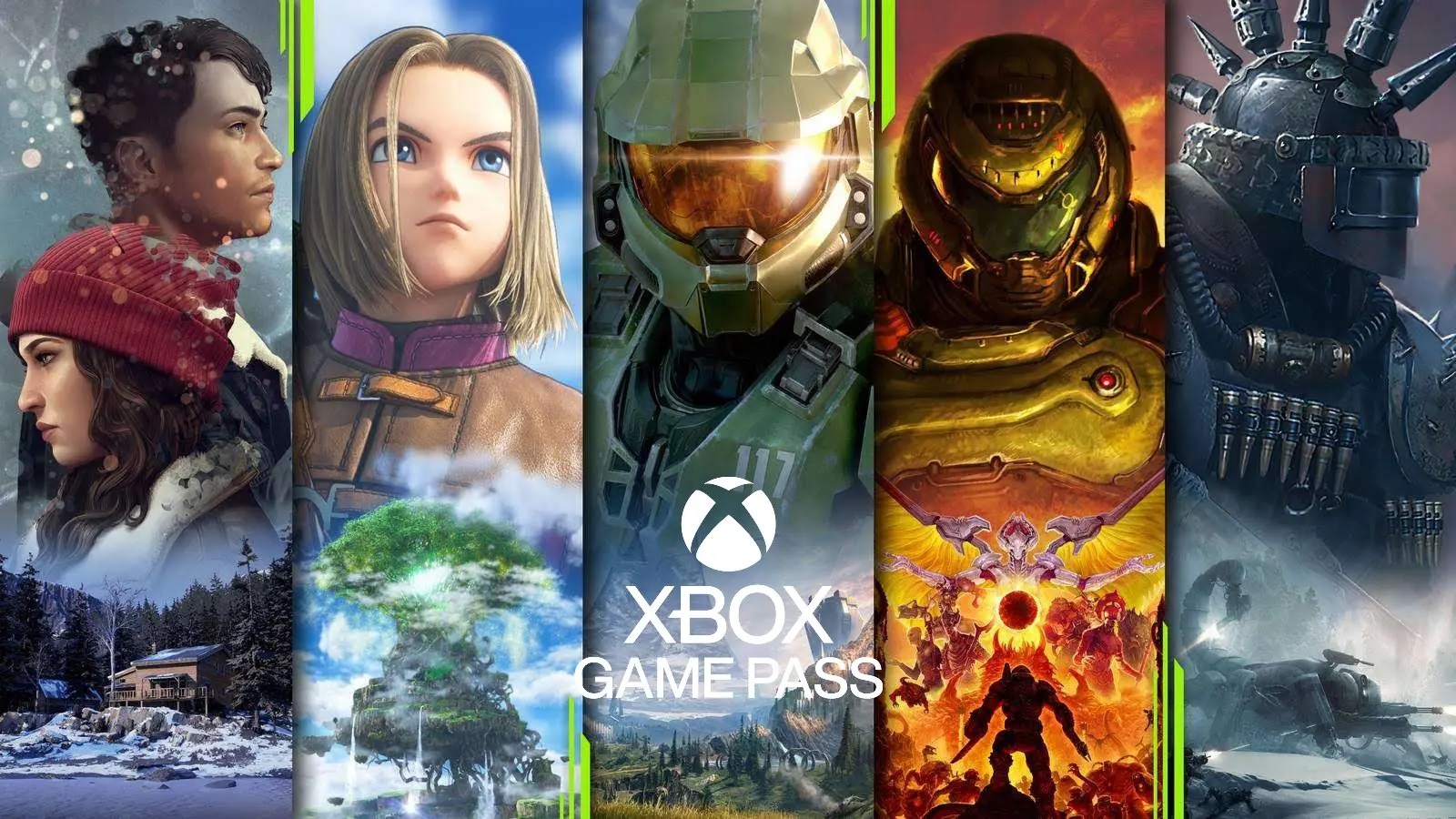
That slow growth is likely behind the changes we saw in July, with new Xbox Game Pass tiers introduced, prices increased, and day-one releases restricted to the more expensive Xbox Game Pass Ultimate subscriptions.
There has been a human cost to those failures. Microsoft began the year by laying off 1,900 staff across the Xbox, Activision Blizzard, and Zenimax teams. Phil Spencer said the move aligned the company with “the best opportunities for growth”.
That alignment continued in May when Microsoft closed four studios – Hi-Fi Rush developer Tango Gameworks, Redfall’s Arkane Austin, Roundhouse Studios, and Alpha Dog Games. This time, Xbox Game Studios head Matt Booty said the decision was “grounded in prioritizing high-impact titles”.
Then, in September, Microsoft announced 650 further layoffs. Spencer says this was “to organize our business for long-term success”.
Under the microscope
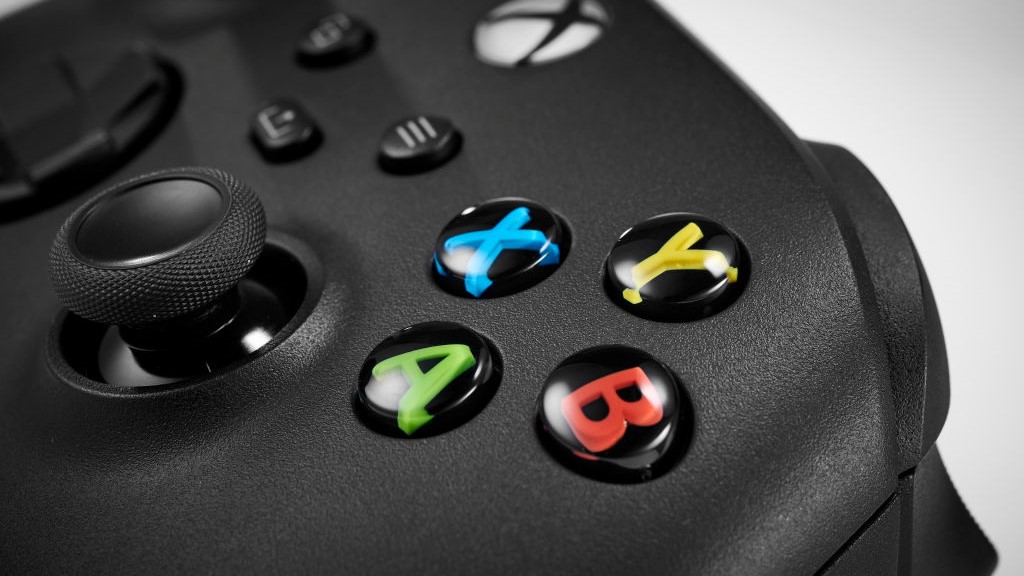
Those layoffs are a sign that Xbox is under greater scrutiny from Microsoft. You don’t make the largest acquisition in game industry history and not draw more attention from your corporate overlords.
At a time when Microsoft is investing billions into its AI division and, on paper at least, seeing huge returns in share price growth, the gaming division doesn’t look so rosy. For years now, it’s been second-place to Sony and only showing small growth. Microsoft won’t keep forking over billions to Xbox if Phil Spencer doesn’t show a clear, working strategy in 2025.
Hardware sales are down, game sales aren’t growing, and Game Pass hasn’t yet delivered the subscriber base it needs.
Not all Doom and gloom
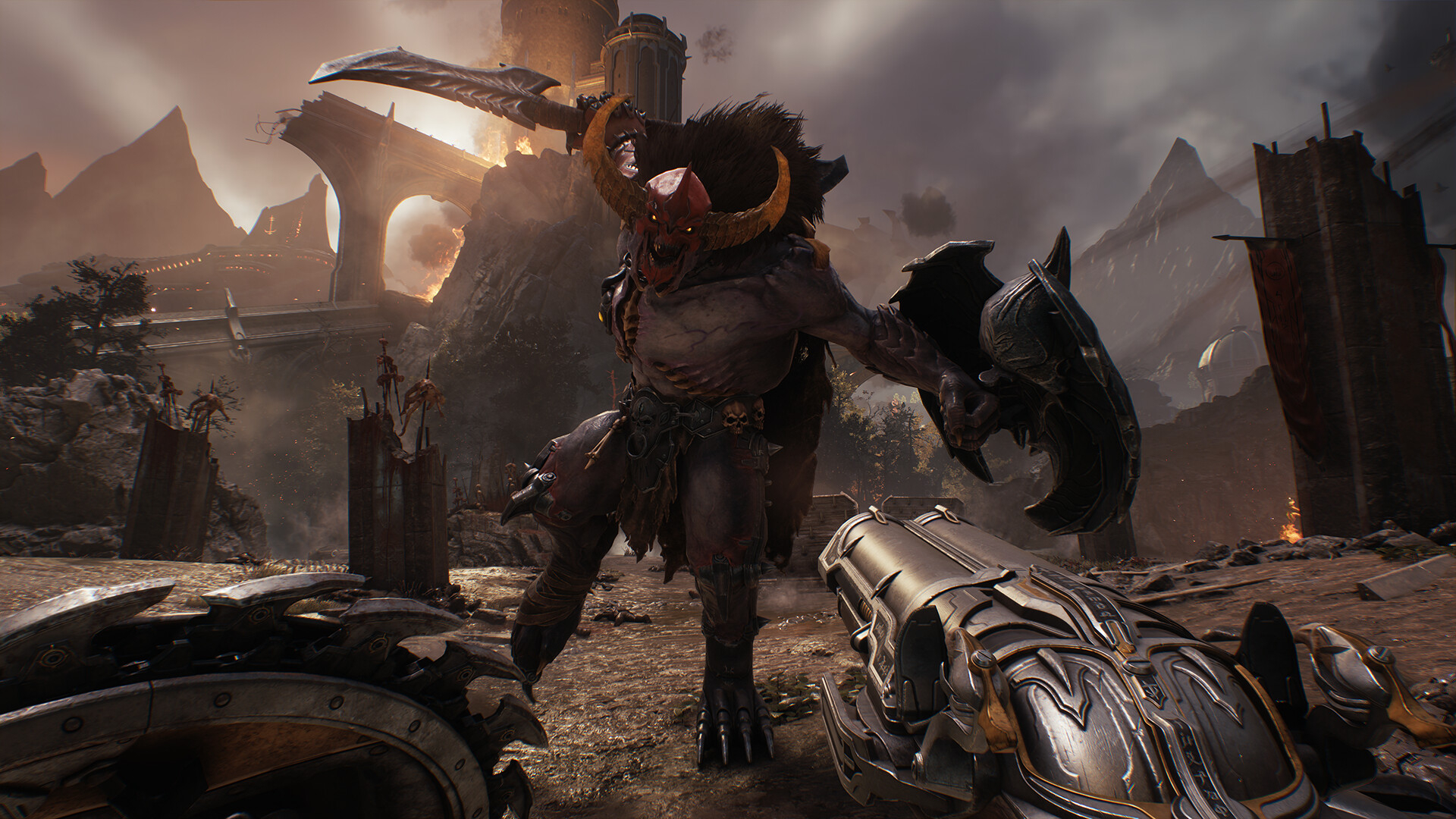
So, them’s the ‘breaks’; and they are significant. But let’s move on to the ‘makes’ for 2025 because there is good reason to believe it may be the best 12 months in the console’s life so far.
Xbox has had significant gaps in its first-party release schedule this generation, sometimes going more than a year between exclusives. However, while we don’t have release dates yet, 2025 is full of major games fans have been waiting on for years.
In 2025, we’ll see the release of Obsidian’s excellent-looking first-person RPG, Avowed – which is set to scratch something of that Elder Scrolls itch. Doom: The Dark Ages, id Software’s hyperviolent prequel, that arms you with a shield-mounted chainsaw and throws you against the hordes of hell. And we may see the release of Compulsion’s third-person action game South of Midnight, which continues to look like one of the best new series coming to Xbox.
Most excitingly, however, at long, long, long last, Playground Games is due to release its Fable reboot. Officially announced before the Xbox Series X launch, we’ve (somewhat) patiently waited five years to chase chickens in a next-gen Albion. While there’s no firm release date, all accounts still have it on the books to release in 2025.
While not confirmed for 2025, we should also see the release or new announcements for The Initiative’s Perfect Dark reboot, The Coalition’s Gears of War: E-Day, Undead Labs’ State of Decay 3, and a whole host of other first-party games from the many studios Xbox acquired over the past decade.
Plus, with Marvel’s Blade, Clockwork Revolution, and The Elder Scrolls 6 all likely to hit in 2026, we might finally see Xbox hit a steady release cadence of new exclusives.
Bring on the hard(ware) times
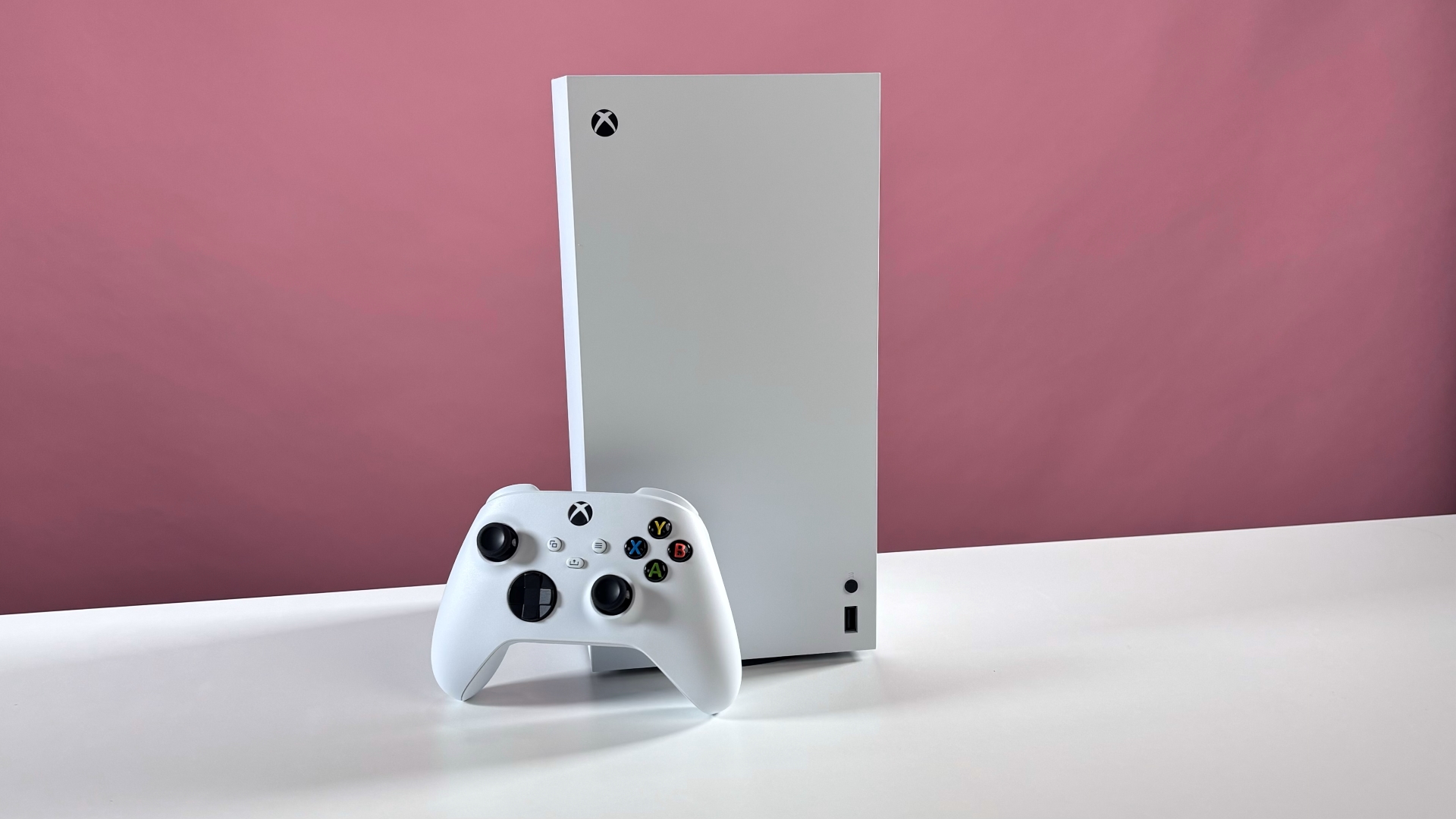
2025 could also be the year we see Xbox deliver (or at least flesh out) hardware rumors, leaks, and news that have broken throughout this generation.
According to the leaked court documents last September, Microsoft was planning a mid-generation upgrade for both the Xbox Series X and Xbox Series S. Brooklin would be an all-digital Xbox Series X with 2TB of storage, improved Wi-Fi and Bluetooth connectivity, and reduced power consumption. Ellewood, the Xbox Series S upgrade, would feature the same connectivity and power upgrades.
That would align with the recently updated Xbox Series X design, slightly reducing power consumption. However, without the connectivity upgrades, there is reason to hope the real hardware refresh will still come in 2025. And, if Microsoft finds ways to lower production costs, the older consoles are due a price cut.
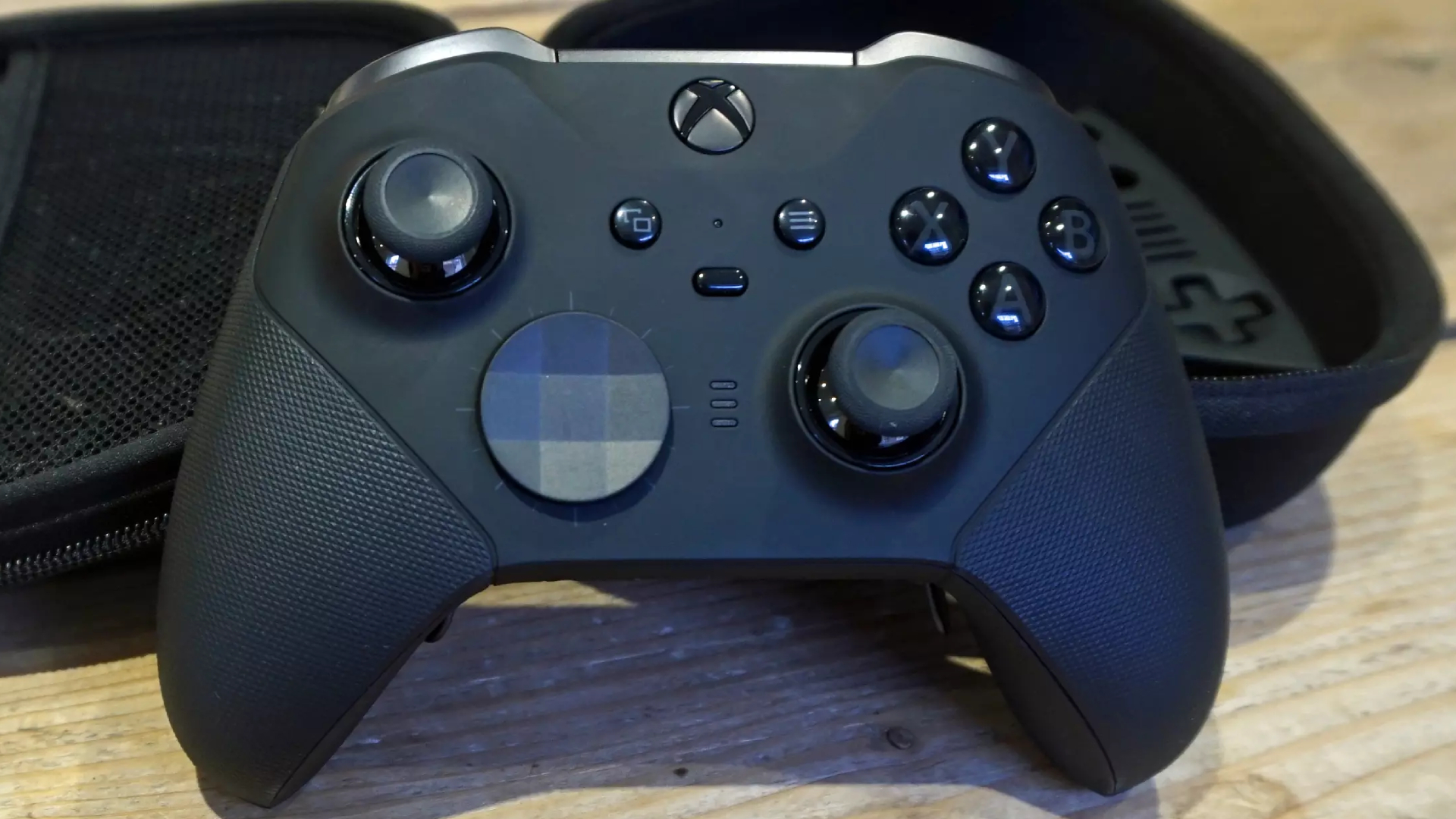
We also hope to see a new generation of Xbox’s excellent Elite Series controllers. The Xbox Elite Wireless Controller Series 2 was released six years ago, and it’s still the best first-party pad around. However, in the years since, Sony has released its own pro controller, the Dualsense Edge. It’s about time Microsoft’s Design Labs showed Sony they’ve not been resting on their laurels since 2019.
Of course, there is the long-talked-about Xbox handheld. In November, Phil Spencer confirmed that Xbox is building handheld prototypes. Sadly, it won’t be released in 2025, but we should hear more about their plans for the machine. For instance, we already know it would be closer to a Steam Deck than a cloud-based handheld, as Spencer told Bloomberg that “being able to play games locally is really important.”
But, with further court documents revealing that Xbox is targeting 2028 for its next console release, would a handheld device see out this generation or begin the next?
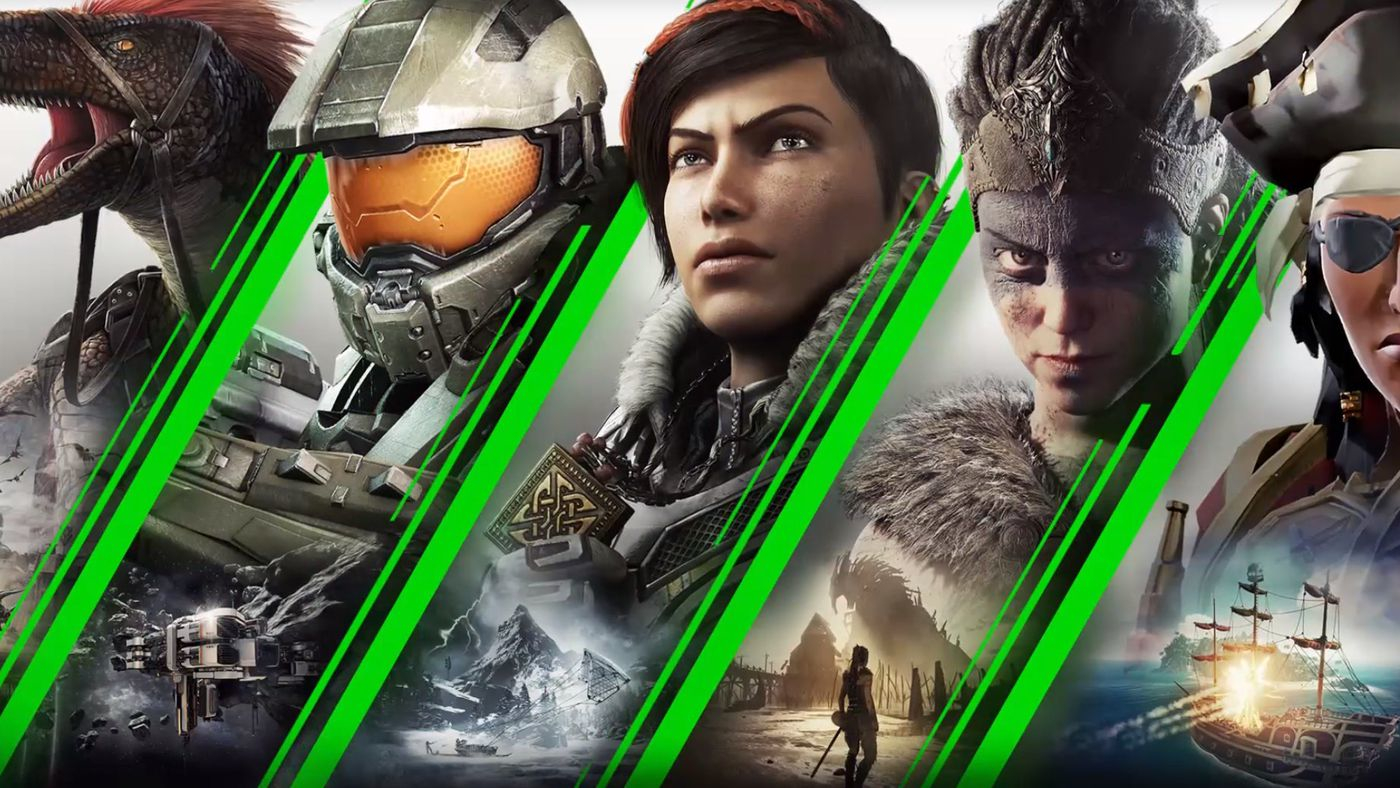
2024 showed that Microsoft’s strategy for the Xbox wasn’t working. With all of its acquisitions and inducements to get people onto Xbox Game Pass, it couldn’t fill a release schedule and deliver what people wanted for their console: lots of great games. It was the staff who paid the cost of those decisions.
However, there is good reason to believe that 2025 will go some way to restore Xbox’s sheen. It just has to deliver.

